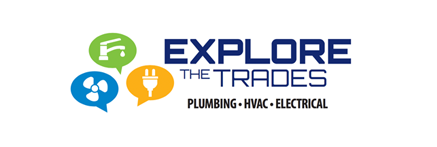It’s hard to believe that there are still people alive who grew up without electricity in their homes. Think of what life was like without lights that turn on and off with the flick of a switch, without refrigerators, toasters, microwave ovens and so many other electrical appliances, without outlets in every room of the home to plug in devices as needed. Think of how much your daily routine is altered when an occasional power outage occurs in your home.
Those are just the basics. Today’s so-called “smart homes” are equipped with a dazzling array of automated appliances and devices that rely on electricity. The most important among them include security cameras, alarms and sensor systems that protect your home from intruders, along with automated thermostats and lighting systems that save energy and money by providing the right amount of power when needed and power down or shut off when not. And, let’s not overlook the computer systems for so many personal and household functions. I could go on and on describing the wonders of modern electronics available for homes, but instead let’s focus on the electricians that install, maintain and fix these wondrous devices.
To become an electrician you need to be a logical thinker with a high aptitude for math and science. Electricians must be able to interpret architectural blueprints, circuit diagrams, building codes and other technical documents in order to install and work on wiring, lighting and control systems in both new and existing homes. They must know how to form electrical circuits and install switches, circuit breakers, relays and other electrical equipment. For smart homes in particular, they must know how to troubleshoot complex systems when something goes wrong. That requires using a variety of testing devices to determine what is causing a malfunction. Electricians in today’s world must know how to use ammeters, voltmeters, thermal scanners, cable testers, etc. (If you don’t know what these devices do, don’t worry. That’s what training is for.)
More and more homes these days are being powered by solar energy systems, and electricians play a key role in that technology. Most people relate solar power to the increasingly familiar solar collector panels installed on rooftops. However, installing those panels is semi-skilled work. Electricians perform most of their work inside the building. They are charged with the more complex task of converting sunshine into useful electricity for the home and channel it to battery storage systems for when the sun doesn’t shine. Electricians typically get paid more than the workers who install the panels.
Electric vehicles also are expected to give a boost to the electrical trade. Although slow charging can be done from household outlets, many home owners will find it convenient to install larger, more powerful fast-charging stations in their garages. These require the services of professional electricians.
In addition to technical skills, today’s electricians receive extensive training in job safety because they are routinely exposed to live electrical wiring. This is crucial because ignorance or inattention could result in electrocution or fire hazards. That may sound scary, but another way of looking at it is that as a trained electrician you will be responsible for identifying hazards and saving lives.
Electricians command some of the highest pay of all the skilled trades, and demand for their work is increasing as our economy attempts to wean away from fossil fuels into clean energy sources to provide electrical power. Electricians are turning into superheroes of our society.

